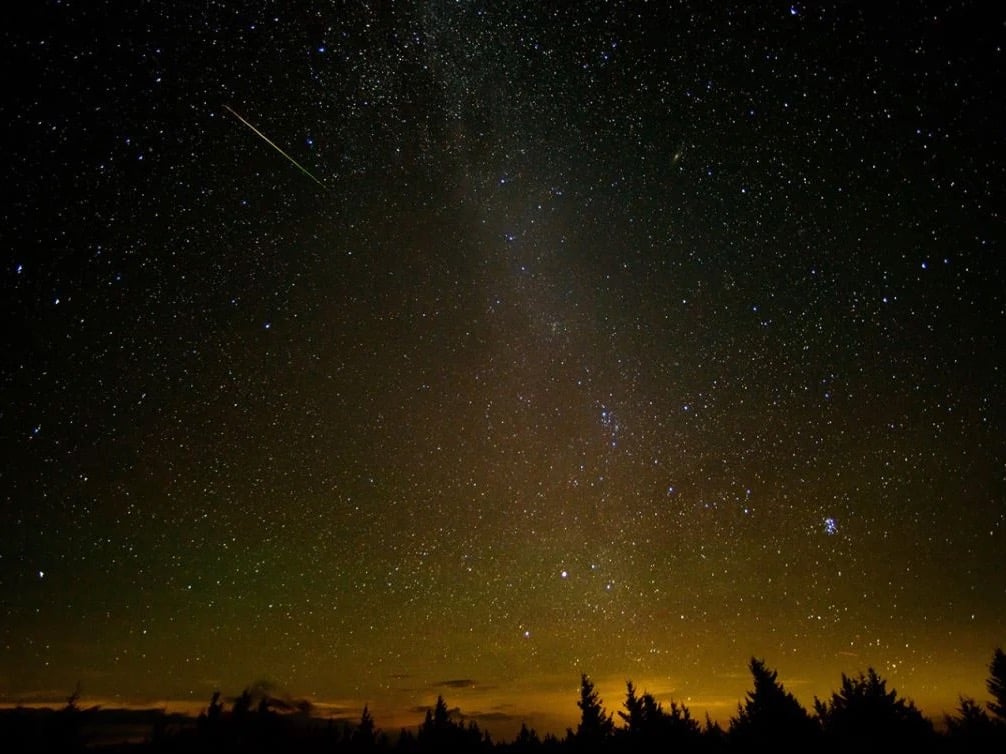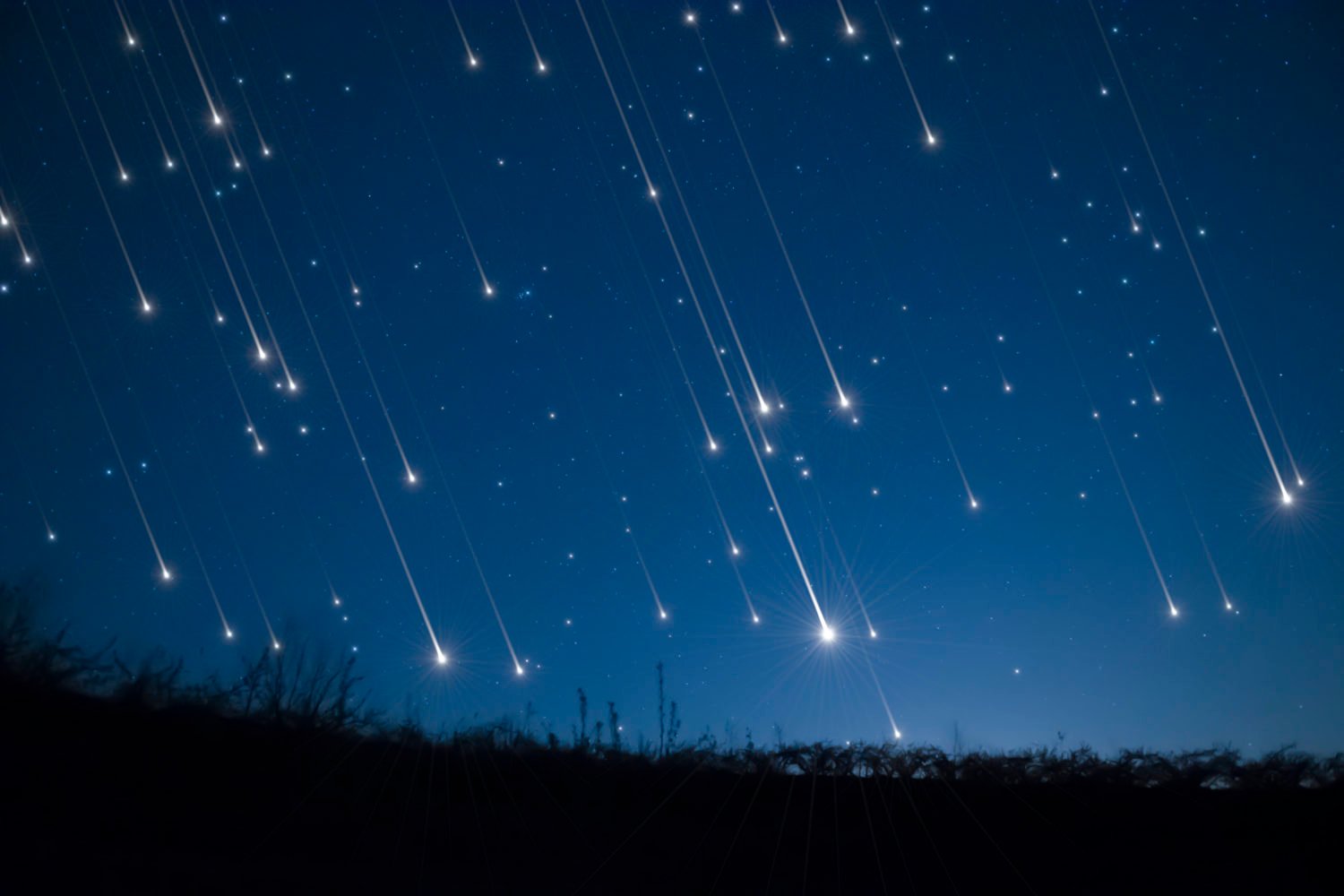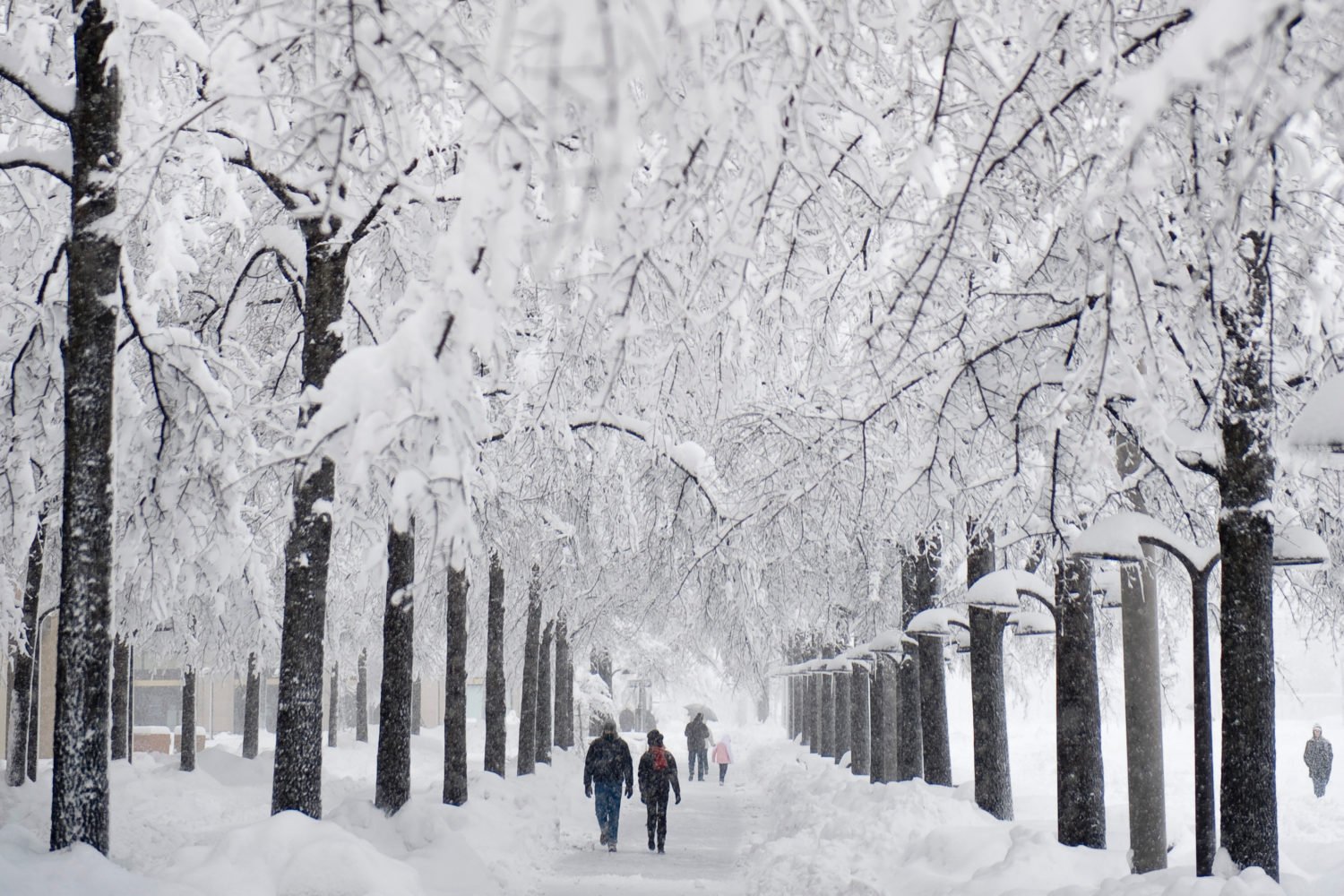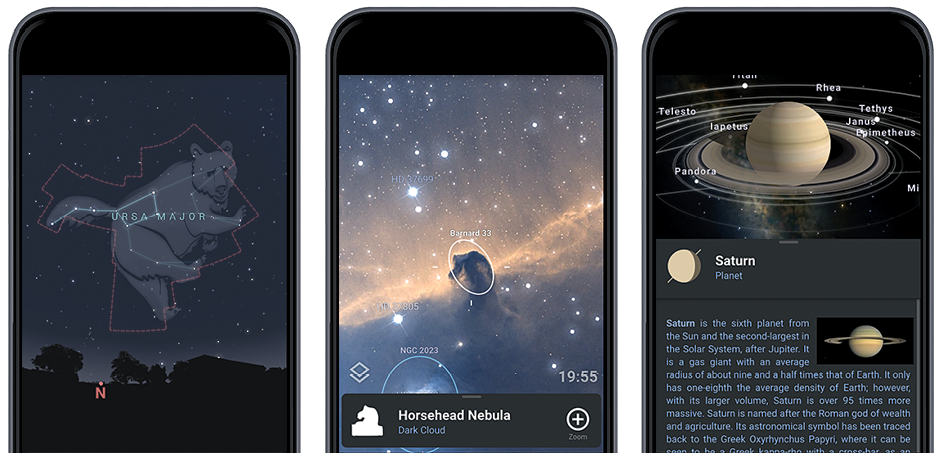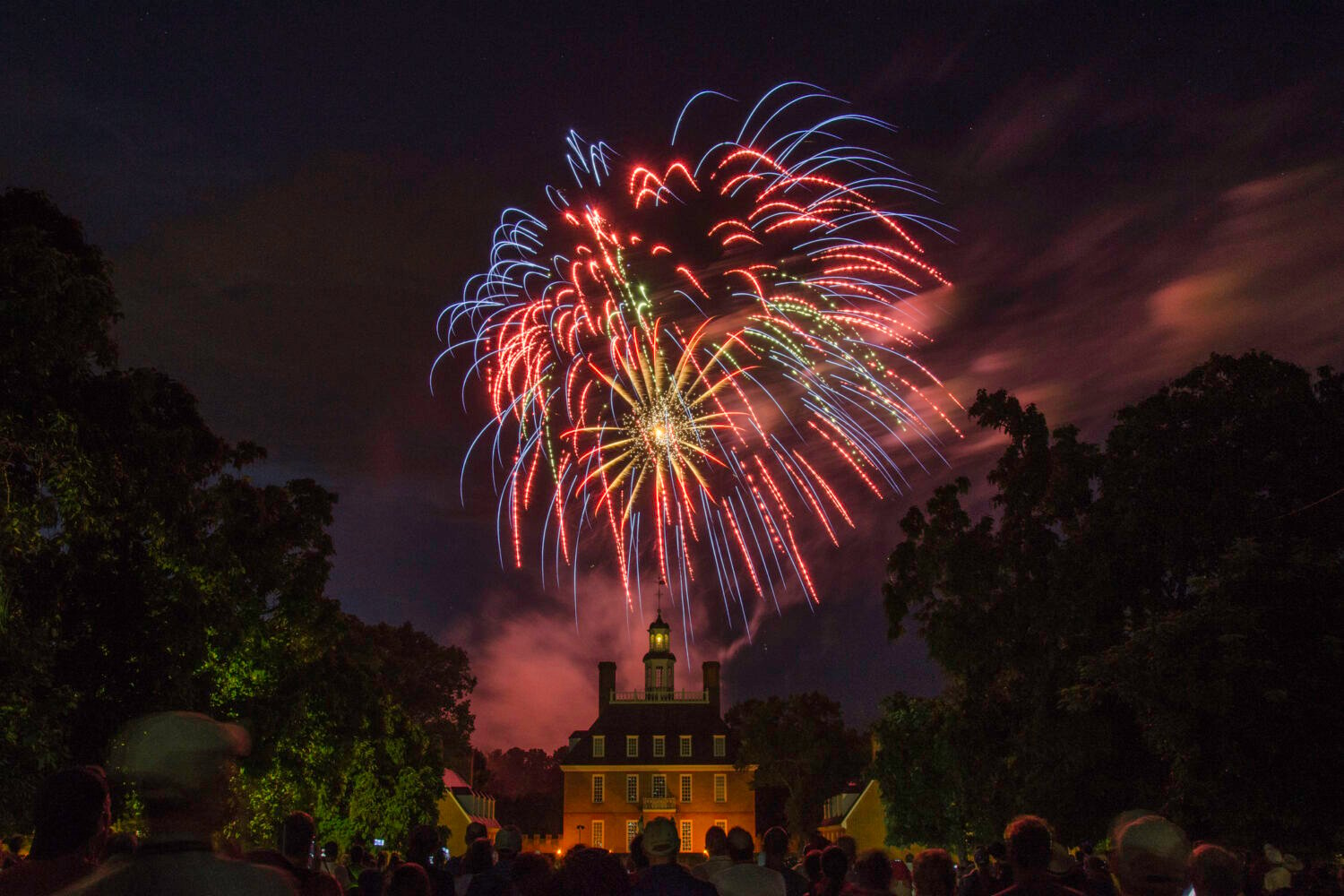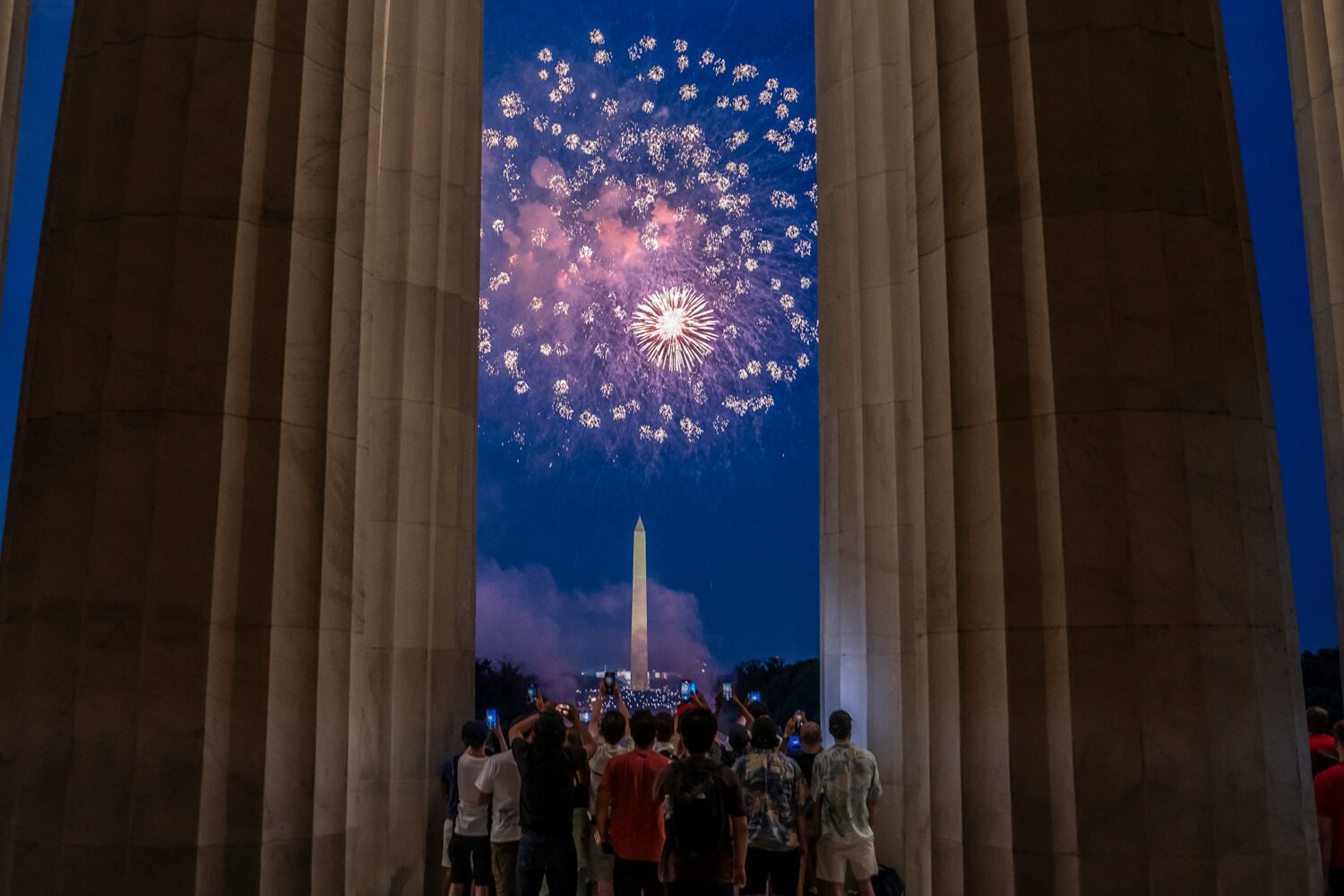Grab a blanket, a pair of binoculars, and a coffee: the Perseid meteor shower will be reaching peak activity late Thursday and into the wee hours of Friday morning. Though the Perseids come around annually, this year’s shower is going to be a doozy, with up to 200 meteors per hour streaking across the sky (more than twice the usual amount). Here’s everything you need to know about how the Perseid shower works, when to see it, and where to go to avoid DC’s light-polluted heavens:
How it works
Every year, the Earth moves through the path of trails of debris left by an ancient comet named Swift-Tuttle. The comet makes 133-year trips around the sun, leaving trillions of little particles in its wake. These “specks of comet stuff,” as NASA recently termed them in a press release, meet Earth’s atmosphere at 132,000 miles per hour–500 times faster than the world’s fastest car–and emit streaks of light. The comets appear to shower out of the constellation Perseus, which is how they get their name.
The meteors you’ll see tonight aren’t from the comet’s most recent trip around the sun; they’re actually from much earlier. NASA meteor expert Bill Cooke put it this way in a statement: “Here’s something to think about. The meteors you’ll see this year are from comet flybys that occurred hundreds if not thousands of years ago. And they’ve traveled billions of miles before their kamikaze run into Earth’s atmosphere.” ? Mind blown. ?
So why is this year so special? According to a report by All Things Considered, Jupiter’s gravity has pulled some of the particles closer to us, making them more visible and frequent than usual. This is what meteorologists call an “outburst,” or a meteor shower with more action than usual. The last outburst happened in 2009, and the next may not occur until 2027. And don’t worry, these meteors aren’t going to cause another extinction: they typically burn up about 50 miles above us.
When to see it
The best time to see the Perseids is between midnight and dawn on Friday. It will be darkest after the moon has set, which will be around 1 AM Friday. It’s also best to allow 45 minutes for your eyes to adjust to the dark.
How to see it
The nearest place with the darkest skies is Shenandoah National Park. But there are places much closer that offer great meteor viewing. Earlier this year, Washingtonian sought stargazing advice from Joseph Novotka, an electrical engineer on NASA’s James Webb Space Telescope and president of the NASA Goddard Astronomy Club. He advised heading north along the Potomac, or to a large lake. “The further you go up the Potomac [away from the city], the better it gets,” Novotka said.
“Seneca Creek State Park in Gaithersburg is a pretty good place—there’s a lake there. Out in Poolesville by the river, you’d probably get a good view. The viewing on the outskirts of Frederick is very good, and on a clear night you could even see the Milky Way.”
Novotka also advised finding a spot with a little elevation. “The higher up you are, the less atmosphere you have to look through. Even if it’s only a couple hundred feet, you’re doing yourself a great justice in trying to get higher,” he said.
According to NASA, there’s no direction you need to look for the meteors–just lie on your back and look straight up.
For people who can’t drive out of the city on a Thursday night, there’s still hope: NASA will be doing a live stream starting at 10 PM. And if you miss tonight’s show, there will still be meteor activity on Friday and Saturday nights.








